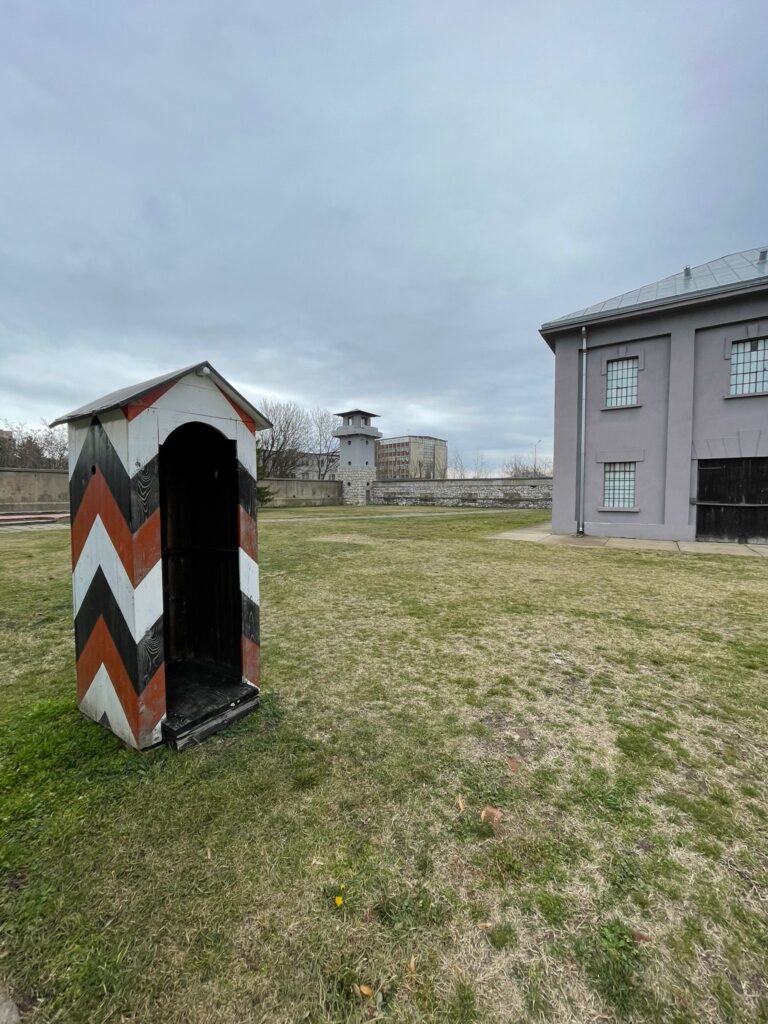Yugoslavia Travel: Ranking the 7 Modern Countries of the SFRY
Yugoslavia was a European country which was formed in 1918 after WWI as a singular territory to unite southern Slavs. In fact the name Yugoslavia literally translates as “Land of the South Slavs”.
It lasted until 1992 leaving behind a rump state (FR Yugoslavia), which itself disappeared in 2003 with the short-lived rebrand as Serbia and Montenegro in the form of a single combined country. Three years later, Montenegro gained independence and the Socialist Federal Republic of Yugoslavia (SFRY) was no more.
So is Yugoslavia travel still possible today? Well yes and no. There is no such country as “Yugoslavia” in the modern day, however the 7 countries which made up its territory still exist as independent nations today and I’ve been to all of them, they are all very easy to visit.
The seven countries of Yugoslavia are Serbia, Montenegro, Kosovo, Bosnia and Herzegovina, North Macedonia, Croatia and Slovenia. Here I will rank the former Yugoslavia countries and give you a little information on each, which you can use to decide whether or not you wish to visit them.
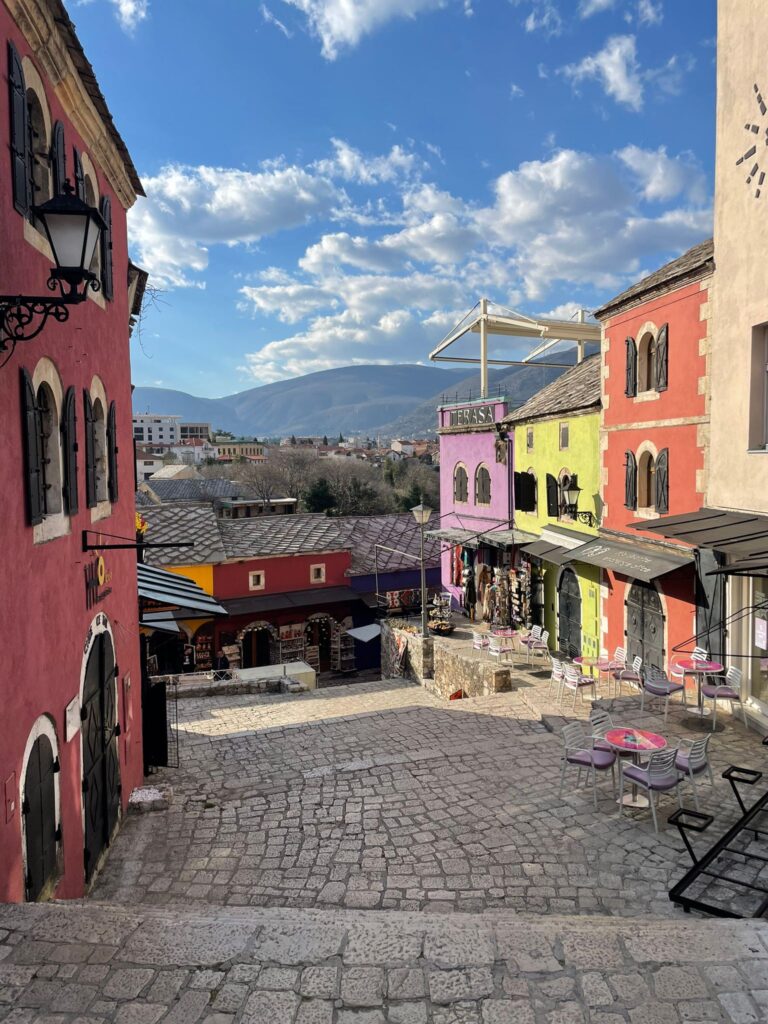
1) Bosnia Herzegovina
Highlights: Everything, but Mostar and Sarajevo if you force me to choose. Good for history (both cities), scenic views (mostly Mostar), great cheap Balkan food (both cities) and friendly people (both cities).
Lowlights: Bosnia is mostly a cash-only country, and ATM fees can be steep.
My favourite former Yugoslavian country by far. Bosnia Herzegovina is one of the best countries in Europe and should be right at the top of your European bucket list.
Let’s start by talking about Mostar.
This is a serious underrated gem, although it won’t be for much longer, because people are beginning to find out all about this wonderful city.
Over 75% of the city was ruined during the vicious wars of the 1990s which hit Bosnia more than any other country.
However it has recovered remarkably with beautiful buildings and bridges across the river reconstructed to mirror their pre-war appearances.
The bright blue river and the mountainous backdrop paint a picturesque scene here that looks like something from a postcard rather than real life.
I loved walking around the sun here before finding some nice restaurants by the Neretva River so tucked into some super affordable Bosnian Cevapi which you can find almost anywhere here.
I capped it off with a Mostarsko Pivo beer and baklava for desert.
The restaurants in Mostar give off a very Ottoman feel with decorations that wouldn’t look out of place in the heart of Istanbul. One of my favourites had tables decorated with red cloths and the smell of a burning fireplace.
My top recommendation for Mostar would be to do a free walking tour. You can walk around the city for a couple of hours with a knowledgeable local who will show you the best spots.
But the real benefit is that you will learn about the history and understand exactly what happened to make the country what it is today.
You can also cross the famous bridge, Stari Most, which is best known as a local diving spot.
You can even dive there yourself if you pass a practice jump with the Mostar Diving Club and they deem you good enough to safely have a go at the main jump, off Stari Most itself.
Away from Mostar, another must-visit is the capital Sarajevo. Again, a free walking tour would be my top tip here. You can learn all about the city’s history, ranging from the damaging Siege of Sarajevo during the Bosnian War, to the assassination of Archduke Franz Ferdinand and his wife in the city, which literally started WWI.
Away from the dark past, Sarajevo hosted the 1984 Winter Olympics whilst part of Yugoslavia, and you can still walk past the abandoned bobsled track today. It’s a cool thing to see even though the track is now unusable and covered in graffiti.
I enjoyed walking past the bobsled track, seeing some abandoned houses from the war, and making it to a lovely viewpoint near the track, from which you can see the city from above. Very scenic!
Another thing I loved about Sarajevo was the Meeting of Cultures. This line on the ground marks the split between modern Sarajevo with several shops you might find in any standard European city, and traditional Sarajevo full of Ottoman architecture, markets, cheap Balkan restaurants and authentic Bosnian culture.
Pro tip: the Ottoman side is far more interesting!
Read more: Is Bosnia Herzegovina Europe’s Best Kept Secret?

2) North Macedonia
Highlights: Skopje. Take in the surrounding mountains and eat local food in the super cheap bazaar. Also check out the statues and landmarks related to local heroes Mother Teresa and Alexander the Great.
Lowlights: Does feel a little shady around the main bus station (Bus Station Skopje, next to Skopje Central Train Station). One guy was acting suspicious near me and I think he was waiting for a pickpocketing opportunity (he began to circle me just as another local opened up a conversation with me).
North Macedonia is home to one of the most fun and unique capitals in Europe, Skopje.
I loved this city because it feels so different from any other across the continent. Ironic in many ways, because part of its charm is copycat versions of iconic attractions.
If you want to see red London buses, you don’t have to visit London. If you want to see the Brandenburg Gate, you don’t have to visit Berlin. If you want to see the Arc de Triomphe, you don’t have to visit Paris.
Replicas of all three can be found in Skopje, and that’s all part of the fun.
Elsewhere, you can see a plaque marking the birthplace of Mother Teresa. Unfortunately the house in which she was born succumbed to an earthquake in 1963. But a short walk from this spot is the Mother Teresa Memorial House which is a museum documenting her life and achievements.
The other celebrated local hero is Alexander the Great who last visited Skopje in… (checks notes), oh… he never went there. He was born in Pella which is part of Macedonia (the region, not the country, Pella is in what is now Greece).
However this hasn’t stopped him from becoming a megastar in Skopje, with his name and face plastered all over the place. To be fair there are some pretty cool statues of him there with a particularly cool one in Macedonia Square by the Stone Bridge.
Other highlights of Skopje include the snow-capped mountain backdrop and the local restaurants in the Old Bazaar. I found hearty meals for under £3 (US$4) there. The food is generally meat-heavy which is similar to other Balkan countries.
I’d thoroughly recommend spending some time in Skopje. You can almost get a feel for why Yugoslavia broke up here, because it feels so different to the rest of the former SFRY and has little in common with even neighbouring Serbia and Kosovo.
Skopje is one of two popular stops in the country. The other is scenic Lake Ohrid which is spread either side of the North Macedonia/Albania border.
Of the seven former Yugoslavian countries, North Macedonia is probably the one that exceeds expectations the most. This small country underpromises yet overdelivers.
Read more: One Of Europe’s Hidden Gems: Is North Macedonia Worth Visiting?
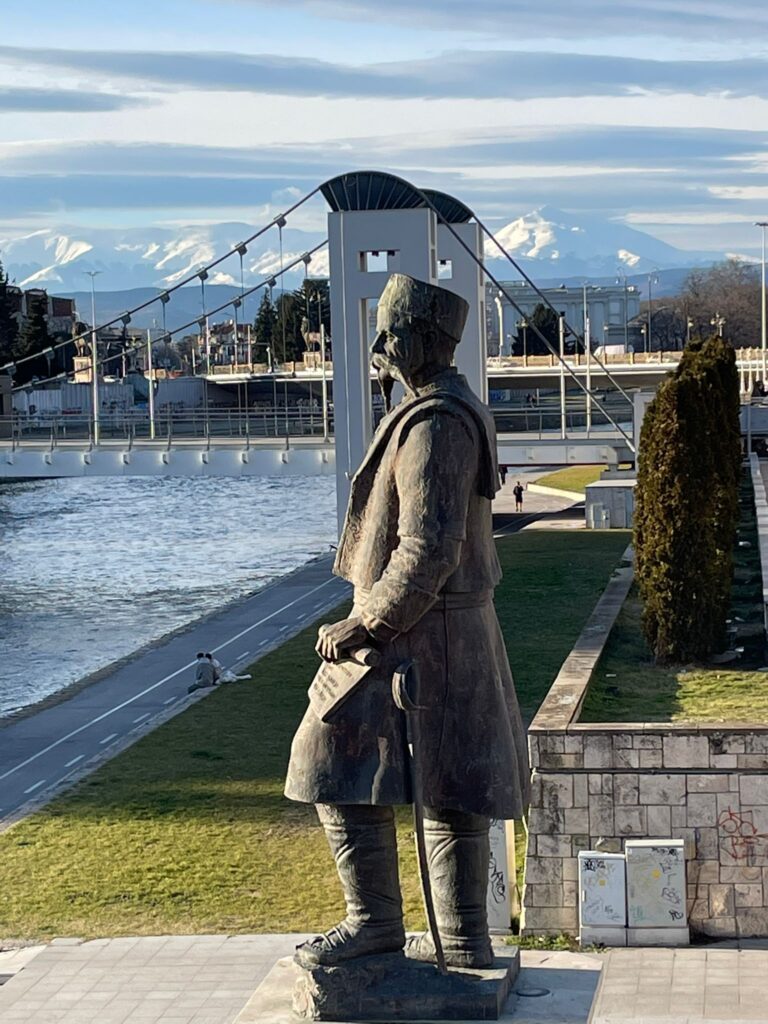
3) Slovenia
Highlights: Lake Bled. It really lives up to the hype.
Lowlights: The most expensive country in the former Yugoslavia (perhaps joint with Croatia). It’s cheaper than neighbouring Italy, but very much marks the border between budget-friendly Eastern Europe and pricy Western Europe.
Many people know Slovenia best as the country that’s easy to mix up with Slovakia. Perhaps it would be easier to differentiate between the two when you realise the Czech Republic was never part of a country called “Czechoslovenia”.
Fortunately, one spot has put this country on the map. Lake Bled.
Lake Bled is probably the most famous place in Europe outside of the continent’s best-known countries (Spain, UK, France etc.). And it is absolutely worth seeing with your own eyes.
It takes around 1.5 hours to walk around the lake, which is surrounded by snow-capped mountains. As with Skopje, I do have a soft spot for snowy mountain views.
On the far western side is the Ojstrica viewpoint from where you can see the entire lake, the surrounding mountains and trees, as well as Bled Island.
The island is home to the Church of the Mother of God on the Lake. The church really helps give Bled its “picture postcard” appearance.
After Bled, the most popular stop in Slovenia would be the capital city Ljubljana. The capital is home to the iconic Dragon Bridge, so-called because of cool dragon statues stood on either side.
Ljubljana also hosts a UNESCO World Heritage Site. The works of Joze Plecnik in Ljubljana – Human Centred Urban Design to be precise. Plecnik was an architect who was credited for transforming the city in its post-Austro-Hungarian Empire days and designing many of the structures which give Ljubljana its old town which makes the city so popular today.
Anyway, Ljubljana is probably quite nice on a warm day (the weather wasn’t kind during my own visit), but I would absolutely recommend checking out Bled.
Read more: Exploring Bled And Ljubljana: Is Lake Bled Worth Visiting?
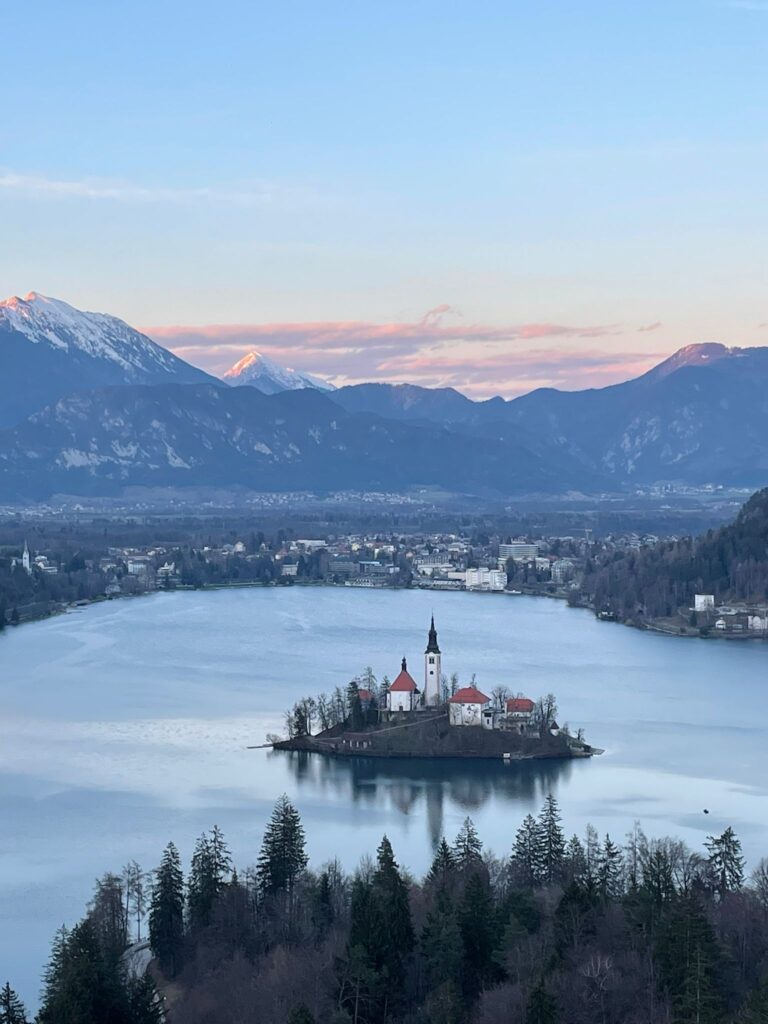
4) Croatia
Highlights: The beaches and summertime feel of Split were the best part of Croatia in my eyes.
Lowlights: Lots of tourist traffic, and it joins Slovenia as the most expensive former Yugoslav republic.
Unfortunately I came to Croatia just a few days too early, and missed out on the transport network switching to a summer schedule which would have made the Plitvice Lakes National Park accessible without renting a car.
The lakes would surely have been the highlight, but I still saw some cool spots in Croatia regardless.
Split was the one which really made Croatia feel like a great holiday spot. I loved Firule Beach as it was quiet, and you could just sit for a long time watching the calmness of the waves from the Adriatic Sea.
The beach also had a couple of bars at the top and a small football pitch which provided a fun spot for a kickaround.
Walk for just over 20 minutes and you will reach Diocletian’s Palace which existed long before the days of Yugoslavia. Today the palace makes up a good chunk of the old town, and it is another UNESCO World Heritage Site.
I’d also say it’s the most interesting building in the city, and possibly Croatia overall (although I did love St. Mark’s Church in Zagreb, famous for its colourful roof with two coats of arms).
Away from Split, Zadar is a fun day trip. It has something called the Sea Organ where a bunch of pipes installed in the water make noises resembling those of a musical instrument. Perhaps not worth coming to Croatia alone for, but still fun if you’re already in the country.
Capital Zagreb was okay, wouldn’t say it’s one of the highlights though. Therefore I won’t go into more detail on that.
Croatia is one of the better former Yugoslavia countries to travel to, but it’s also one of the least authentic if you want to feel like you’re back in the land of Josip Broz Tito.
Croatia feels very much like a more modern touristy country. Sure, you can find historical spots here, but the likes of Serbia and Bosnia Herzegovina have more to offer from a history perspective.
That said though, Croatia is a great country to visit in its own right.
Read more: A Week In Croatia: Don’t Travel In The Wrong Season
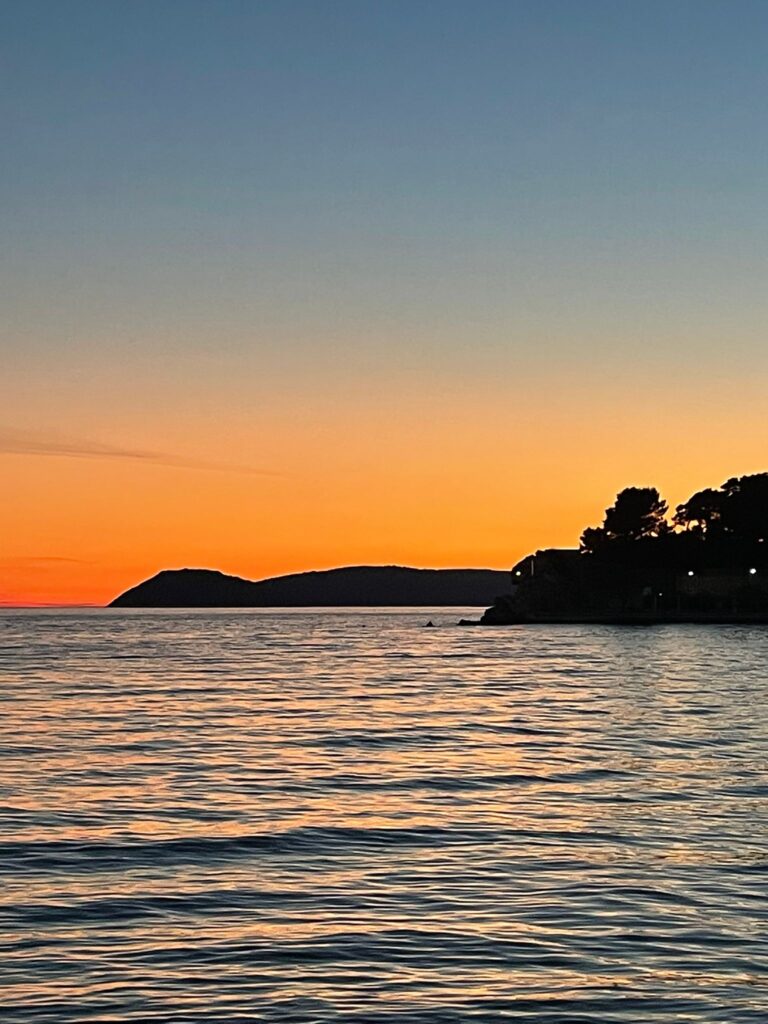
5) Montenegro
Highlights: The small town of Kotor.
Lowlights: Podgorica is a dull and uninspiring capital city with little to see or do.
Montenegro was one of the last parts of Yugoslavia (alongside Serbia and Kosovo) to gain independence. Today this tiny country on the Adriatic coast is a popular budget tourist destination.
I started my Montenegro adventure in the capital Podgorica. And in all honesty, Podgorica is boring. I don’t recommend going there unless for transit purposes.
The coastal town of Kotor is a different story however.
There are three parts to Kotor. Firstly, the beautiful old town, which is like a little maze full of places to grab a meal and a drink. It’s easy to get lost there, but that’s part of the fun!
Secondly, the Bay of Kotor which is where you can take boat tours and make the most of the Montenegrin summers.
Thirdly, hiking trails that take you up to great viewpoints from where you can see more of the bay from above.
Oh, and there’s a place on the coast called BBQ Tanjga which does great steak dinners for just over £10 (US$12). It’s easy to reach, with just a 5-minute walk from the bus station taking you there. I’d recommend checking it out.
Montenegro has developed a reputation in recent years as one of Europe’s hidden gems. But that may not be the case any longer as people are beginning to find out that Montenegro is really good.
Read more: Is Montenegro Worth Visiting?
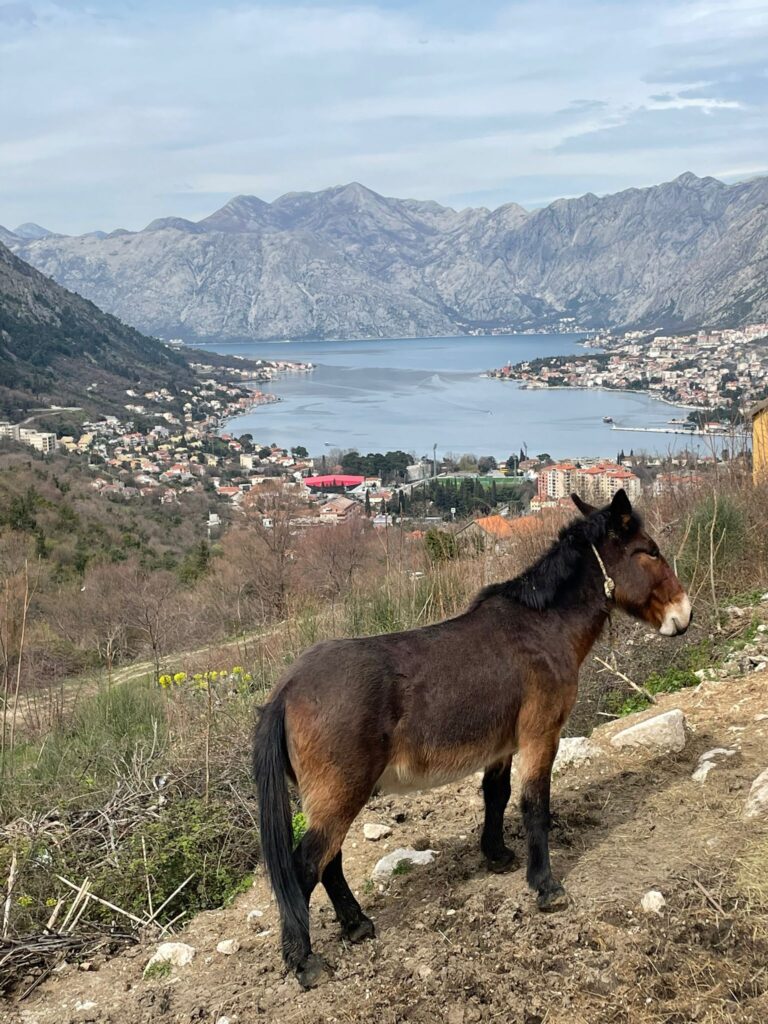
6) Kosovo
Highlights: Probably Europe’s cheapest country. Also the Bear Sanctuary is worth checking out.
Lowlights: Pristina is probably the most boring city in Europe.
Kosovo split from Serbia and Montenegro in 1999 when the Kosovo War came to and end and 30,000 NATO peacekeeping troops piled into the country. It didn’t formally gain “independence” until 2008, and even then, only half of the world’s countries recognise it as an independent nation.
I won’t get into “how many countries are there in the world” here, but Kosovo is one of a few (alongside Palestine, Taiwan and Vatican City) which make this a hard question to answer, with most people believing it to be between 193 and 197.
Anyway, let’s talk about Kosovo. I went to the capital Pristina, and yeah… it’s kinda boring.
The people are nice though, I was given a free bottle of water by a shopkeeper the moment I stepped off the bus from Serbia. He seemed interested after seeing me take pictures of his Kosovan flag which stood alongside an Albanian flag. Most Kosovans are of Albanian descent which makes the Albanian flag a common sight in the country.
Pristina is full of love for NATO, and in particular Bill Clinton who has his own statue and a street named after him (Bill Clinton Boulevard). This is because Clinton was instrumental in agreeing to NATO’s involvement in Kosovo which led to the tiny nation winning the war against Serbia.
The city is pretty dull beyond this however. Although I did like the cheap restaurants here. And you can grab a beer for 2 euros (around US$2 and less than £2).
The highlight of Pristina was a half-day trip to Prishtina Bear Sanctuary (not a typo, the local spelling of Pristina is Prishtina).
Bears were used as entertainment in restaurants in the not-too-distant past. They were later rescued after NATO took control of Kosovo in the post-war period and sent to this sanctuary for rehabilitation where they live in open areas which replicate their natural habitat.
There’s even a lion at the sanctuary, thrown in for good measure.
Anyway, the sanctuary is cheap to enter (£3/US$4) and easy to get to by bus (under £1/US$1.20 each way).
I’ve heard Prizren is the most interesting part of Kosovo. Will be heading there next time so stay tuned for an updated version of this post.
Read more: Visit Kosovo: Does This Disputed Territory Count As A Country?
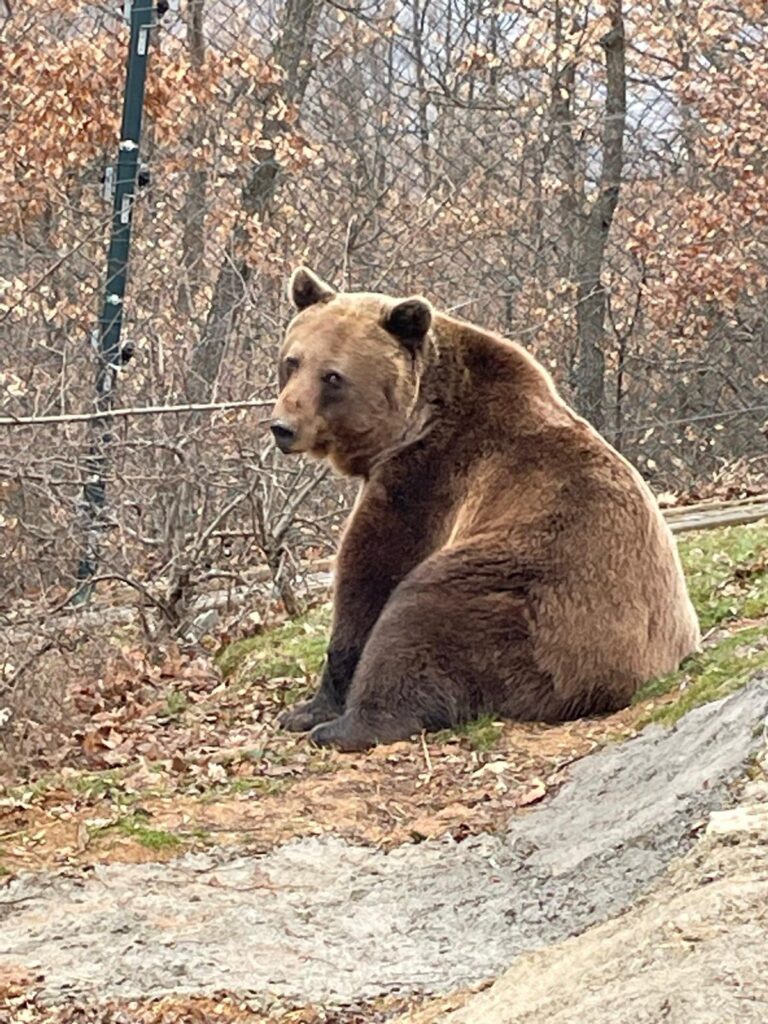
7) Serbia
Highlights: Learning about the country’s dark history in the city of Nis.
Lowlights: Controversial opinion, but I really didn’t like Belgrade. Found it very dull and gloomy (although visiting in winter really didn’t help).
The Soviet Union split into 15 different countries. Yet when it did so, people did not see Moldova or Tajikistan as the successor to the USSR, instead the majority will tell you that it’s Russia.
Serbia is the “Russia” of the former Yugoslavia.
Whilst 7 countries made up the now-defunct republic, it is Serbia which is most commonly seen as the country’s successor.
When the SFRY broke up, only 3 of the original countries remained. When Kosovo split unofficially from FR Yugoslavia in 1999, it became 2, only for Montenegro to gain independence and leave Serbia as the last country standing.
And the Serbs are often seen as the villains in the brutal Balkan wars which took place throughout the 1990s, although their allies from Russia and Belarus would disagree with that.
Anyway, let’s stick to travel for now.
I started my Serbian trip in the capital Belgrade, but just couldn’t fall in love with this place.
The meaty Balkan food was good (rostilj is lovely), but that was it really. Belgrade Fortress was too cold to enjoy in the ice and snow, whilst the weather certainly scuppered my enjoyment of the place. When the snow wasn’t coming down, it was raining so hard you would’ve thought the entire Adriatic Sea had been dropped on Serbia within a couple of days.
Belgrade is also famous for its nightlife, if you’re a party animal then this may be a place of interest to you, regardless of how I feel about it.
If Yugoslavia travel is your primary goal in the region, then Belgrade is the best place to get a feel for the former nation.
Belgrade was Yugoslavia’s capital and you can learn more about the history of the Socialist Federal Republic at the Museum of Yugoslavia (Muzej Jugoslavije) which costs 600 dinars (£4/US$5) for adults and half that for children. On the same ground lie the House of Flowers, a mausoleum where Tito and his wife Jovanka Broz lie.
Nis is very much a place to go for dark tourism. The first of two “attractions” (perhaps not the best word to use in this context) I visited was the Skull Tower. In 1809, commander Stevan Sindelic blew up himself, his colleagues and many enemies during a Serbian uprising against Ottoman rule.
Sindelic’s forces faced certain defeat (and execution), which led to him being labelled a hero for his actions.
If you’re wondering what the significance of this is today, a tower was built at the scene out of over 900 skulls, and 58 remain in the tower today. It’s creepy but also kinda fascinating.
Similarities with Cambodia’s Choeung Ek Killing Fields which have a similar structure in place.
Elsewhere in Nis you have Crveni Krst Concentration Camp. As the name suggests, this is a particularly gloomy place. It was only in operation for 3 years during WWII but claimed over 10,000 lives in that time. Today you can walk around the camp and read about its dark past.
Anyway, Serbia was my least-favourite former Yugoslavian country. Something which many people wouldn’t agree with (Kosovo would be the general consensus from people who’ve visited all seven). I’ll give it another go one day and perhaps it will move up the rankings, but for now, it takes bottom spot.
Read more: Is Serbia Worth Visiting? A Trip To Belgrade And Nis
